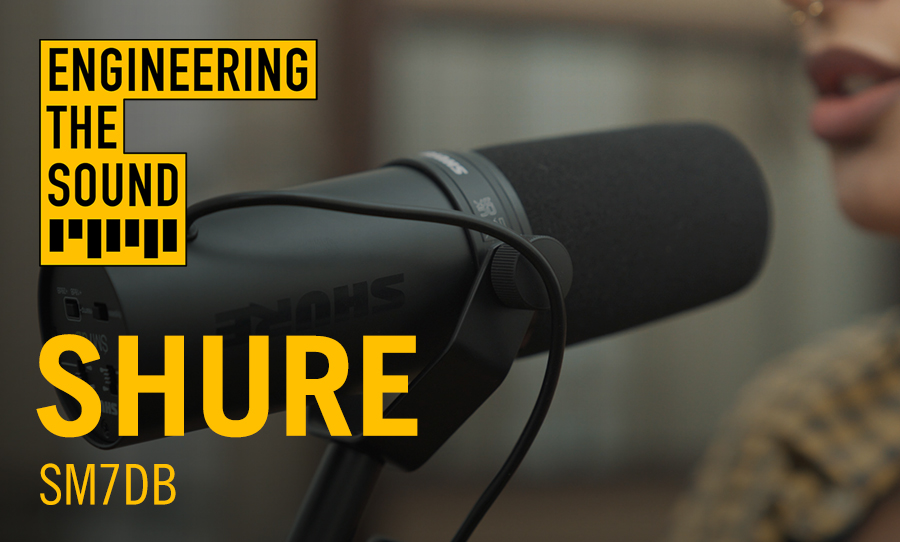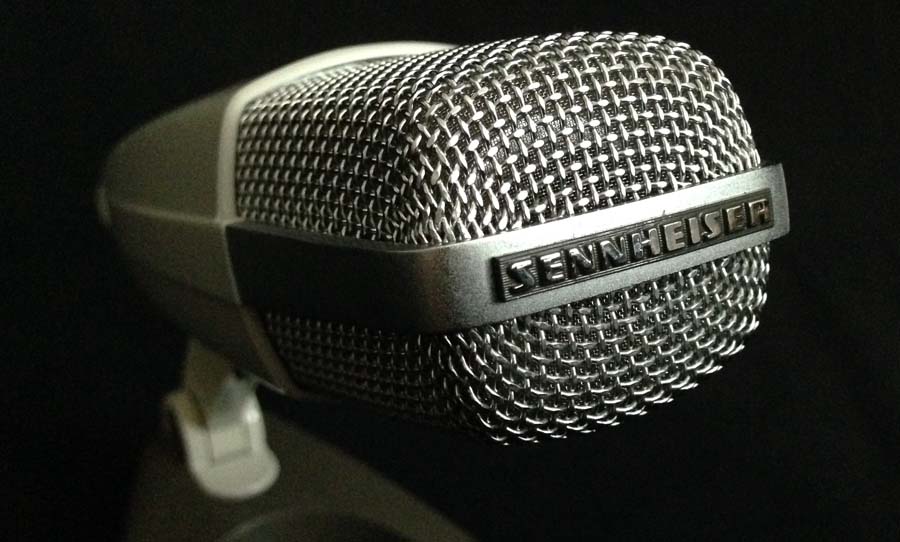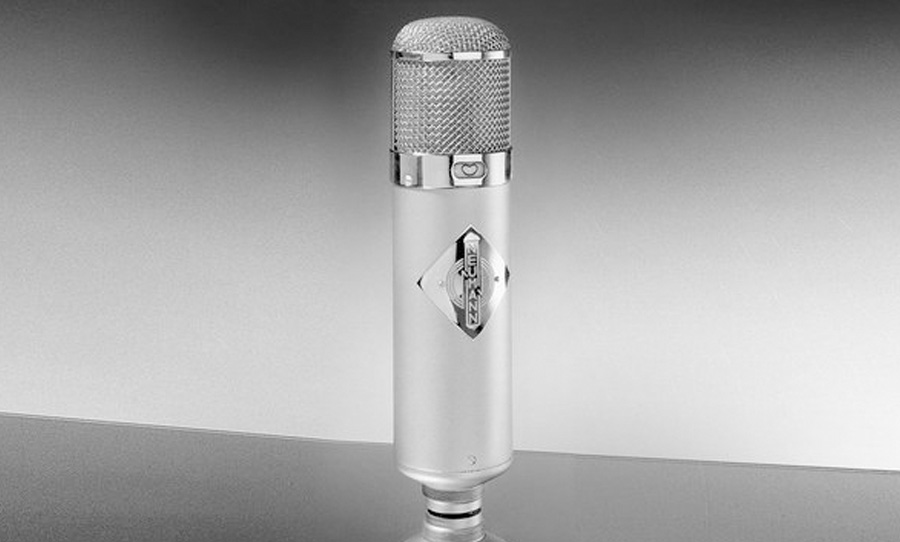Approaching a hundred years as a company, Neumann has solidified an unmatched reputation in the studio, especially at the business end of the signal chain: the microphone. They’ve released several iconic models over their long history, with the U 87 among the most recognisable.
It’s no secret that Neumann makes mics of exceptional quality. As such, you won’t find them in the bargain bin. Their flagship tube-based condenser, the U 47, can reach stratospheric prices, especially for the vintage models.
Though the U 87 is far from cheap, it delivers Neumann quality with a price that makes it at least attainable (eventually). Not only that, it’s equally at home in all parts of the studio from vocals, to the orchestra, from guitar cabinets to drum kits. Let’s take a closer look at this classic studio all-rounder.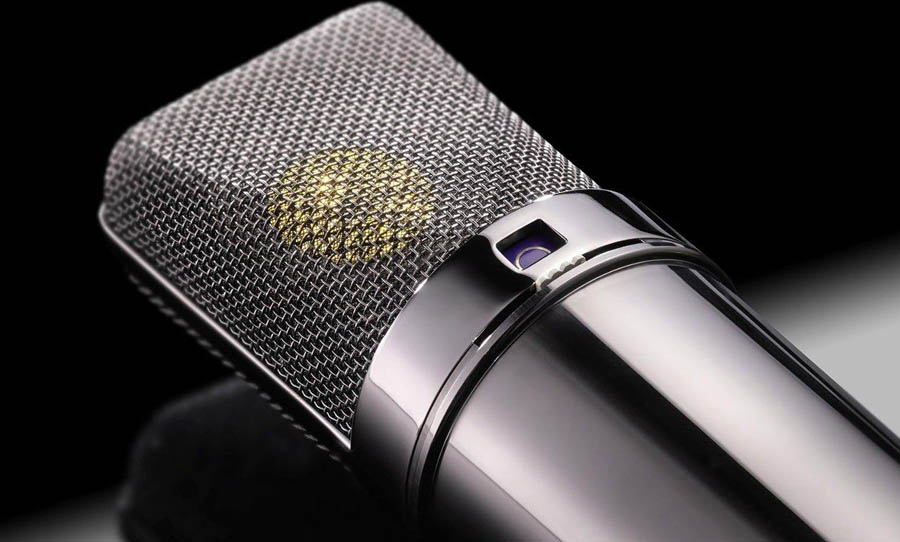
The Neumann U 87 has featured on too many classic recordings to mention. Despite being the archetypical workhorse, it’s classy enough to shine on any source.
Swinging sixties
By the time of the rock and roll revolution in the ’50s and ’60s, Neumann had already forged a world-beating reputation. Starting in 1928, the company developed the world’s first commercially available condenser mic, the CMV 3. This striking model cut a unique silhouette and earned the nickname of the ‘Neumann Bottle’.
After the massive destruction caused by World War II, Neumann’s production was disrupted by forced location changes. The company eventually settled in 1949 and created the U 47, featuring multiple polar patterns and the legendary M 7 capsule. This model went on to become an icon, spawning countless tributes to this day.
Up until the ’60s, Neumann’s microphones relied on tube-based circuitry and external power supplies. The company had a breakthrough in this period by taking the phantom power technique that had been utilised in telephones and applying it to microphones with solid-state circuitry. This meant that consoles and preamps with built-in power supplies could send the 48V required to power a condenser through a microphone cable, without needing an external power supply.
Another key spec that contributed to the U 87’s sound is the use of the Field Effect Transistor (more widely known as a FET). As with any electrical innovation, there’s bewildering technical jargon attached to its explanation. From a sonic point of view, however, the FET has a similar character to a triode tube. This made the U 87 very popular, a robust microphone, that didn’t have any tubes to service, with a minimal trade-off in tone.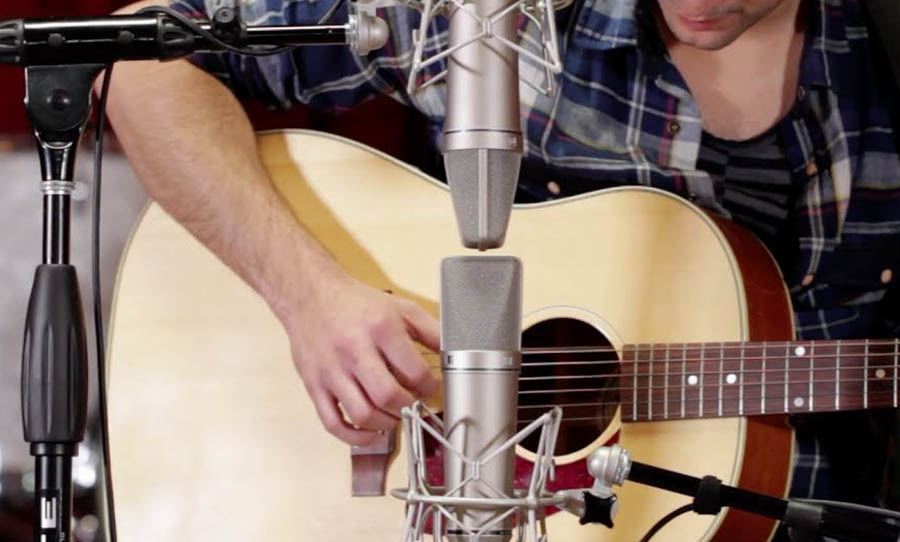
In the studio
One of the keys to a mic’s success in the studio is its reliability. Seems like a no-brainer, but it’s not just the build quality that’s worthy of note in the U 87 – it’s also the frequency response. The Shure SM57 is, of course, a reliable mic in terms of build quality. But it provides a pretty biased view of the sound sources you’re recording.
Firstly, there’s quite an unnatural bump in the 3 – 8 kHz range, which can make a lot of sounds translate quite harshly. Secondly, there’s a pretty steep roll-off below 200 Hz, which rules it out as an appropriate mic for many bass-heavy instruments. It makes it a classic candidate, however, for instruments that can be benefitted by its character, like the snare and guitar cabinet.
The U 87, in contrast, provides a much flatter response all the way across the spectrum. Yes, there is a slight roll-off, but it corners at approximately 60 Hz or so; only the ‘subbiest’ of instruments couldn’t be well-captured by the U 87. It does exhibit a minor lift in the upper-frequency range, but it’s centred between 5 and 10 kHz. This is slightly beyond the ‘harsh’ upper mids and perfectly poised to give vocal tones a slight but welcome lift in presence.
Adding to its versatility are the multiple polar patterns. Nowadays, it’s quite common for multiple polar patterns to be switchable within a large-diaphragm condenser. 50 years ago, it was less common, but also, more important. With lower track counts on tape machines, engineers really needed to get bang-for-buck from their microphones and U 87 offered plenty.
It possesses a classic cardioid position, which is the obvious first choice for vocal capture. Beyond that, it has an omnidirectional pattern, which makes it ideal for spaced pair positioning on a choir, string quartet, upright piano, drum kit and more. There’s also a figure-eight option, which is just as handy for its null-points as its zones of capture. If you’re recording a small horn section in a single room, for example, the null-points can be aimed at the instruments you don’t want to capture, creating an environment for minimum spill.
The U 87 has been in service for more than 50 years now. It’s a proven option for capturing vocals of any kind (famously favoured by rappers like Jay-Z, due to its effortless ability to capture nuances of the voice intimately). It makes a perfect pairing mic too and is often teamed up with the Shure SM57 to capture the breadth of distorted harmonics from guitar cabinets for example.
Most importantly, the U 87 continues to be built to the exacting specifications of Neumann to this day. With no signs of a slow down in its popularity, artists and engineers are set to enjoy this classic for generations to come.
